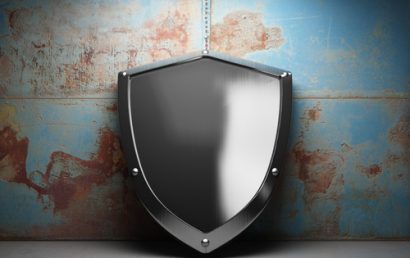Using Conductive Coatings To Eliminate Aircraft Icing Issues
The aerospace industry is responsible for much of today’s technologically advanced discoveries and inventions. But as intelligent and keenly focused as aerospace specialists are, they suffered through a problematic condition for far too long. Namely – the icing of aircraft wings. Ice is one of the biggest enemies when an aircraft is up in the air. The aerodynamics can be changed in dangerous ways because of the weight added to an aircraft’s wings when even a small amount of ice becomes present. The conductive coatings used on the wings of aircraft today were a solution discovered none too soon. Lives, not to mention millions of dollars, are saved every day by the application of these coatings to aerospace machinery (such as aircraft).
On Drones and Aircraft, Icing Is Problematic
On the ground, through precipitation, ice can build up on an aircraft. In the air (during flight) ice can form on the engine inlets, the wings, and other surfaces. For two basic reasons, this ice is dangerous. It changes the aircraft’s surfaces and aerodynamics reducing the lift and adding drag. Eventually, one real threat is the stalling of the aircraft. Additionally, significant weight can be added by the ice. That means not only that the aircraft may be too heavy to fly, but more fuel will be needed for it to fly.
Currently Available Deicing Systems for Aircraft
Where ice protection system options are concerned, the aviation industry has a few. Among these are the following:
- On the wings’ forward edges, the fitting of pneumatic boots. When ice starts to build up, these boots are pneumatically inflated so that ice will crack off.
- Engine generated, forced hot air to prevent ice formation during flight.
- To prevent ice formation before takeoff, chemicals can be used.
Naturally, the special equipment needed for some of these systems means that, upon installation, the aircraft will weigh more. So, in the wings’ structural design, careful consideration must be given with these systems in mind. That could mean structural redesign on a major level to apply such technologies to aircraft that already exist. Within chemical systems, the costs to replenish deicing fluids can also add up significantly.
Aircraft Icing Prevented through the Use of Conductive Coatings
Applied as laminate, spray, or paint, to conduct an electrical current that discourages aircraft wing icing, are advanced materials known as conductive coatings. Without the additional structural changes just mentioned, onto existing aircraft, they can be retrofitted easily. It is lighter than mechanical systems or chemical systems. It does not significantly impact fuel requirements, lift, or drag because it does not change the wing profile already existing. Additionally, there are no chemicals to replenish or moving parts to maintain.
A&A Coatings Provides Aircraft Conductive Coatings
At A&A Coatings, achievable through an impressive selection of high-tech processes, we specialize in various kinds of thermal spray coatings. The aerospace industry relies heavily on the types of coatings provided by our technicians. But the industries putting our coatings to use include far more than just aerospace. To view all of the industries in which our thermal spray coatings have made a significant difference, click here. You may be surprised! Don’t wait another day to provide your components, parts, machinery, and more the coatings they need and the protection that your business deserves. Contact us today for more information.



